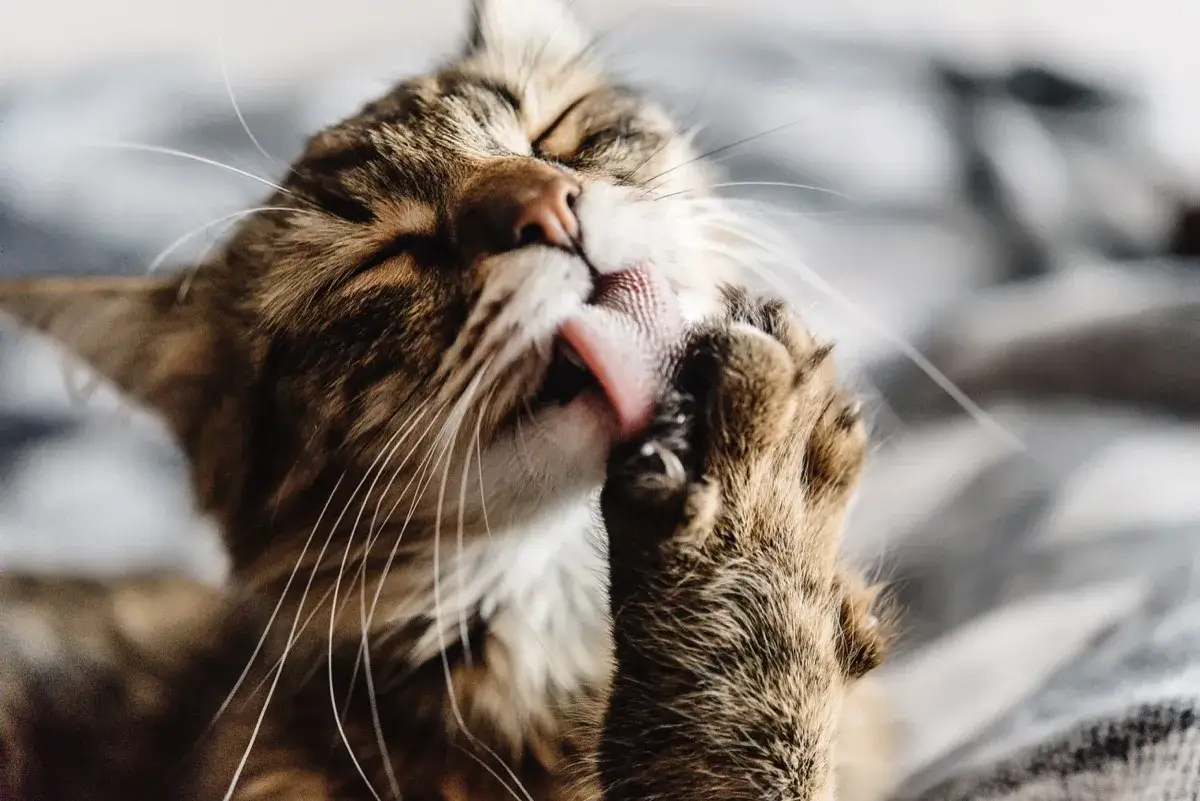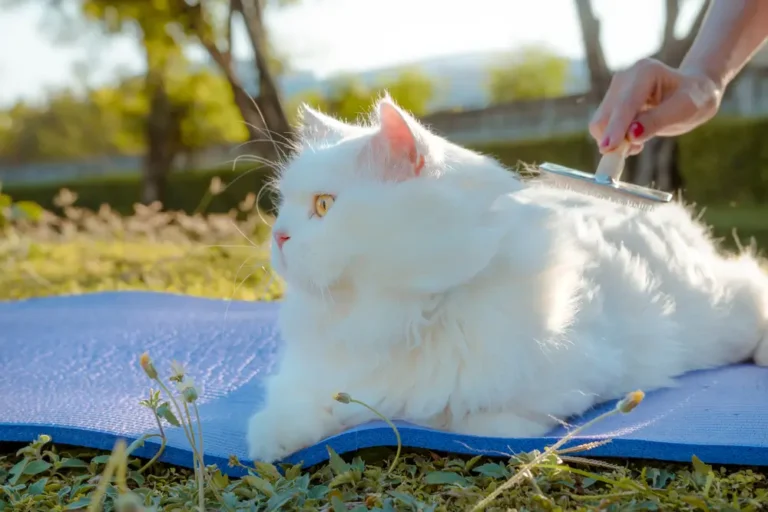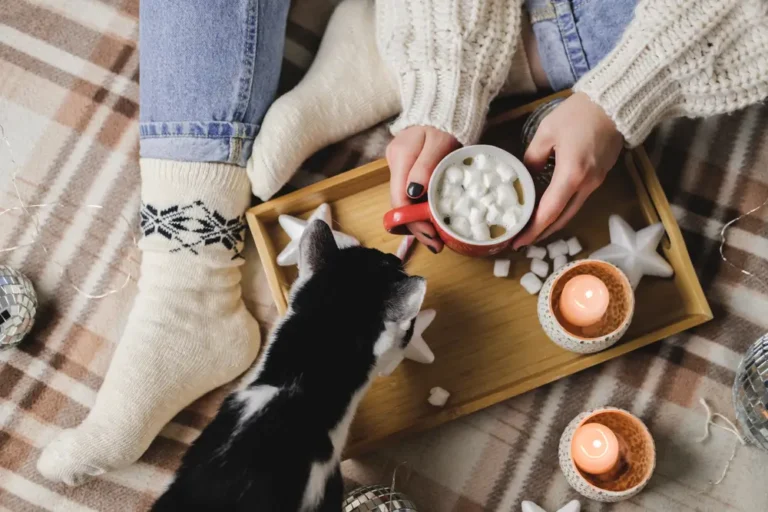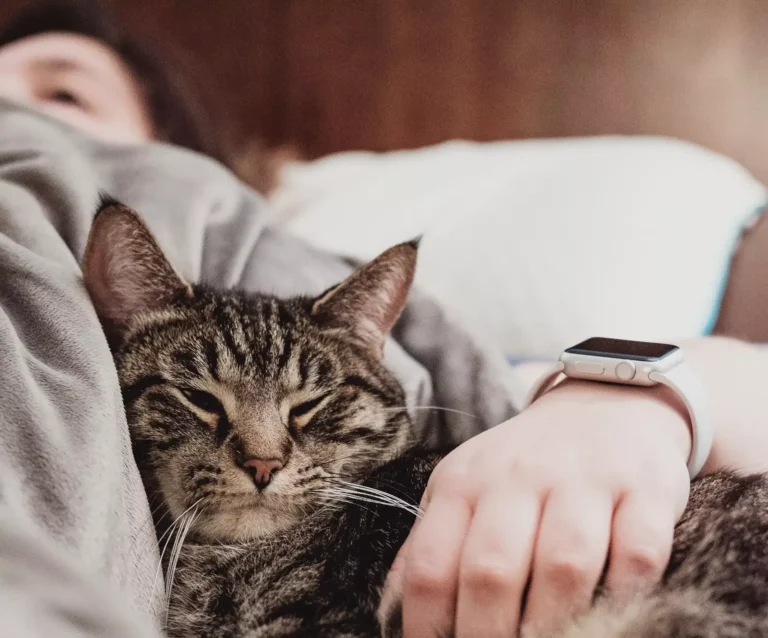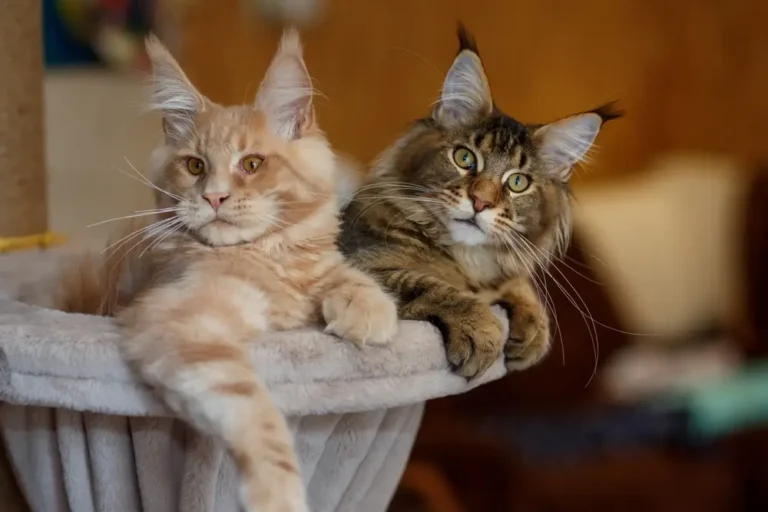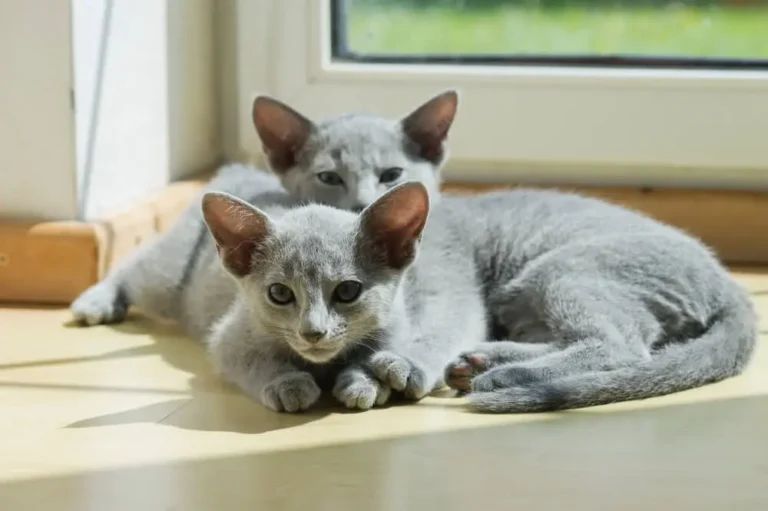Cat Care 101: Understanding How Cats Keep Themselves Groomed
Cats are known for their impeccable grooming habits. They can spend a significant portion of their day meticulously cleaning themselves. This self-grooming behavior is not just about vanity; it serves several crucial purposes in a cat’s life. In this article, we’ll delve into the fascinating world of feline grooming, exploring how cats groom themselves, their social grooming behaviors, and what it all means for their well-being.
How Cats Groom
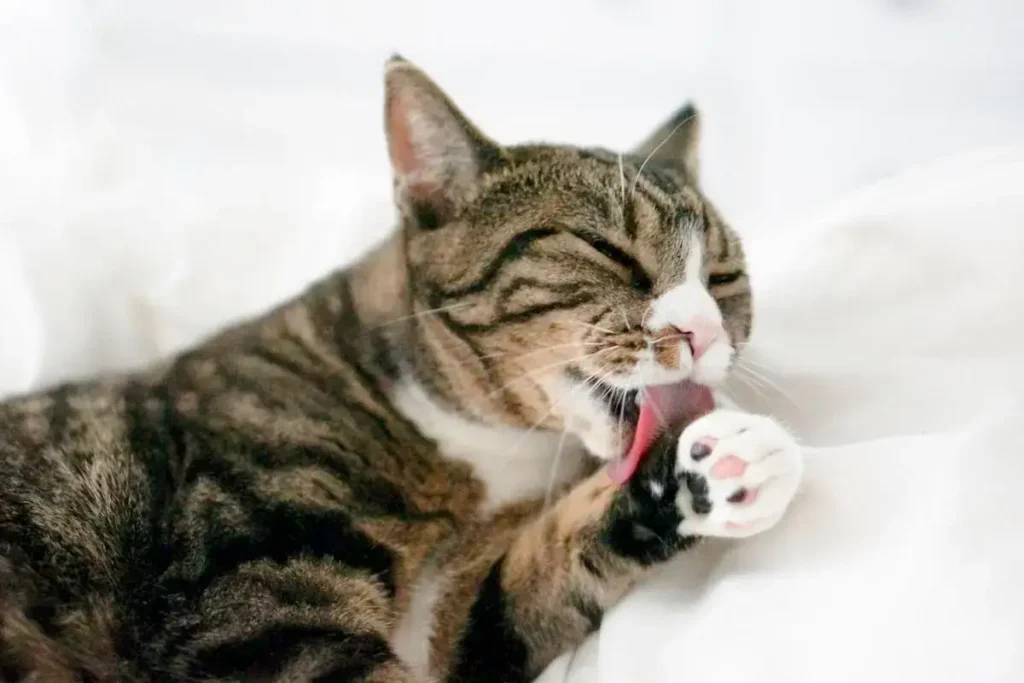
Cats are natural-born groomers, and their grooming ritual involves several intricate steps:
- Licking: The primary method cats use for grooming is licking. They have tiny, backward-facing barbs on their tongues called papillae, which are perfect for removing dirt, loose fur, and debris from their fur. This licking action also helps distribute natural oils produced by their skin, keeping their fur soft and shiny.
- Biting and Nibbling: Cats may also use their teeth for more precise grooming. They’ll bite and nibble specific areas, such as their paws and face, to clean hard-to-reach spots.
- Scratching: Scratching isn’t just about sharpening claws; it also helps cats remove the outer sheath of their claws and stretch their muscles, promoting healthy circulation.
- Washing the Face: Cats often clean their faces meticulously, using their front paws to rub over their eyes and ears gently. This is a vital step in maintaining their sensory organs.
- Tail Maintenance: Cats clean their tails thoroughly, ensuring that this important appendage remains free of dirt and parasites.
Mutual Grooming
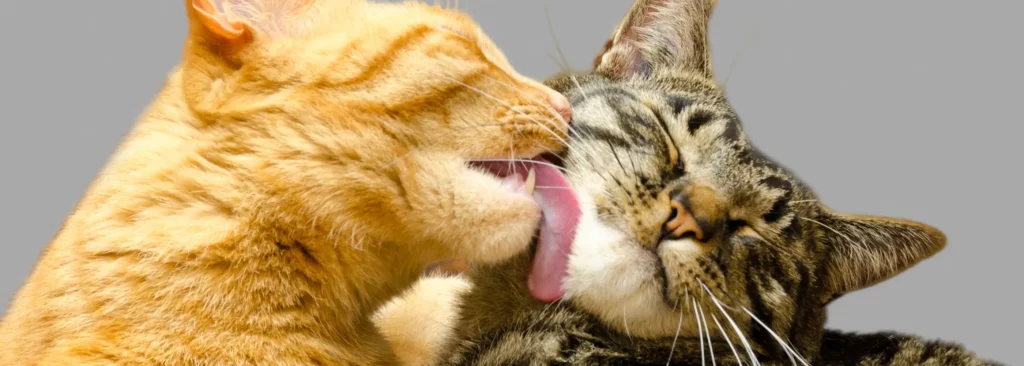
Cats are known for their solitary nature, but they do engage in social grooming, a behavior where they groom each other or other cats. This is a sign of affection and bonding among feline companions. It involves one cat licking or nibbling another, usually focusing on the head, neck, and shoulders. Mutual grooming helps establish and strengthen social bonds within a group of cats and can also serve as a stress-relief mechanism.
Displacement Grooming
Sometimes, cats engage in displacement grooming, which occurs when a cat redirects its grooming behavior towards an inanimate object or even a human. This behavior is often a response to stress or anxiety. For example, if a cat is feeling anxious due to a new environment or a change in routine, it may start excessive grooming or scratching furniture to cope with its emotions. Understanding displacement grooming can help cat owners identify when their pets may be experiencing stress and take appropriate steps to alleviate it.
Conclusion
In conclusion, understanding how cats groom themselves and engage in grooming behaviors with other cats or objects is crucial for cat owners. Grooming is not just about maintaining a clean appearance; it plays a significant role in a cat’s overall health and well-being. Mutual grooming fosters social bonds among feline companions, while displacement grooming can be a sign of underlying stress. By paying attention to your cat’s grooming habits and addressing their needs, you can ensure a happy and healthy life for your feline friend.
Remember, a well-groomed cat is a content cat, and a content cat makes for a happy home.

